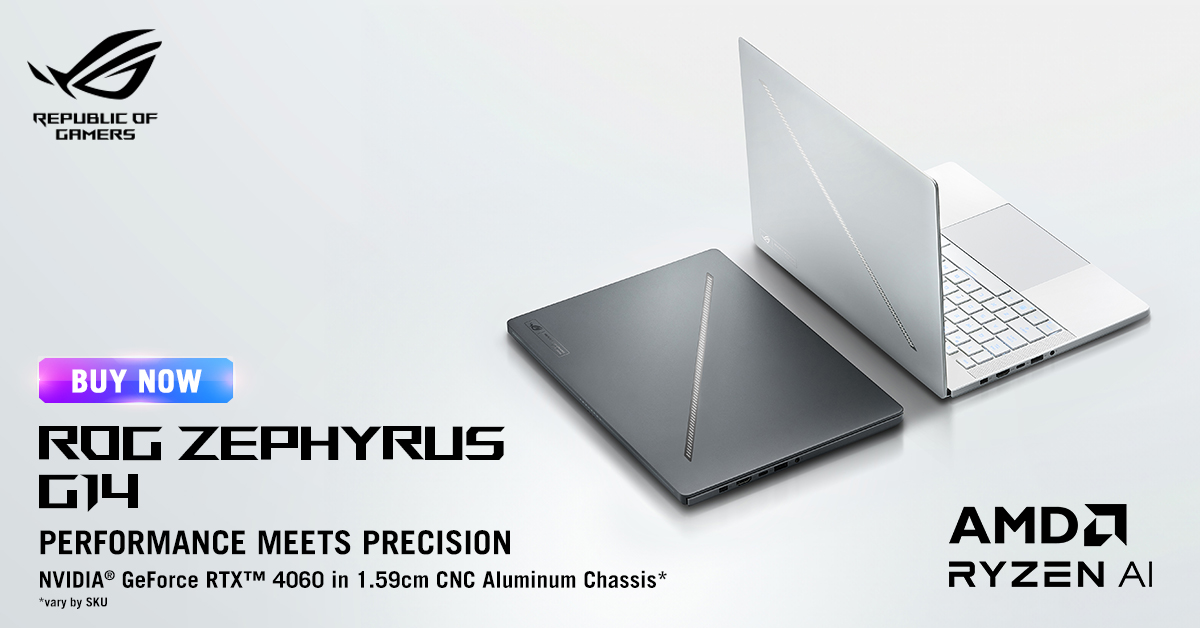Mark Cerny, Lead System Architect for PS5, explained the hardware system’s architecture and how Sony designed PS5 to benefit developers and the games they create.
PS5 main drive is to listen from developers, which developers biggest request, “SSD Storage”. PS5 uses ultra-high-speed SSD and with an integrated custom I/O system which developed to reduce loading screens which allow developers able to stream assets into PS5 games at an incredibly fast rate, to experiences seamless and dynamic, with near-instantaneous fast travel through large game worlds.
With this enhanced speed will enable game developers to create larger, richer worlds without traditional limitations, such as load times, and also allows gamers to spend more time gaming than waiting.
Adding extra SSD is possible but has to be the same or almost the same standards which are at least 5.5GB/s or PCI-E 4.0 equivalent. For compatibility, Sony will come out with the hardware list compatible with PS5 in the future.
Expandable storage is still doable including USB HDD but will mainly for BC PS4 games.
PS5 GPU runs on variable frequencies – can shift the demand between GPU and CPU based on requirements of the game, in which it allows unused CPU power to transmit to GPU, with additional GPU power will allow for higher resolution in games, but a major new feature that benefits the visuals of games even further is ray tracing which will render objects much more accurately, and with heightened realism like water, glass, light refraction, a character’s hair and so on, will look even more realistic.
PS5 will supports 4K & 8K. Both at 120Hz.
PS5 will offer a much deeper sense of immersion through 3D audio. Sony wanted to deliver a compelling audio experience for all users, so they designed and built a custom engine for 3D audio “Tempest Engine” that is equipped with the power and efficiency for ideal audio rendering. With this Tempest Engine on PS5, the sounds players hear while playing will offer a much greater sense of presence and locality.
Players able to hear raindrops hitting different surfaces all around, or can hear precisely locate where an enemy is lurking behind.
With the hardware spec been revealed and perhaps in the near future developer will make horror games be more horrific with these technologies not only horror game any of the games.
Mark Cerny explain lots about the technologies been implement and feature in PS5, yet still curious about the real performance, of course, it is better than current-gen PS4/PS4 Pro in term of hardware, what I mean is that the leap of performance and what the game developers will create for the gamer are these spec sufficient for “Future Gaming”?
| CPU | x86-64-AMD Ryzen “Zen 2” |
| 8 Cores / 16 Threads | |
| Variable frequency, up to 3.5 GHz | |
| GPU | AMD Radeon RDNA 2-based graphics engine |
| Ray Tracing Acceleration | |
| Variable frequency, up to 2.23 GHz (10.3 TFLOPS) | |
| System Memory | GDDR6 16GB |
| 448GB/s Bandwidth | |
| SSD | 825GB |
| 5.5GB/s Read Bandwidth (Raw) | |
| PS5 Game Disc | Ultra HD Blu-ray, up to 100GB/disc |
| Video Out | Support of 4K 120Hz TVs, 8K TVs, VRR (specified by HDMI ver.2.1) |
| Audio | “Tempest” 3D AudioTech |




